ArtLens AI: Share Your View

Art is one way people reflect and shape the world they see, and the Cleveland Museum of Art has a new way to match your view to views created by some of history’s greatest artists.
The CMA’s Digital Innovation team has launched ArtLens AI: Share Your View. This interactive tool on the museum website and on Twitter matches what you see in your world to art from the CMA’s remarkable collection.
This easy point of entry into the CMA answers the fatigue of people learning new technologies to stay connected to friends, family, and co-workers. We also wanted to give the community a resource in which— without previous knowledge of history or art theory — someone can make visual connections between their world and a work of art at the click of a button.
The reverse image search tool uses Artificial Intelligence (AI) to recognize the shapes, patterns, and objects in your own photos to find surprising and delightful matches from the CMA’s encyclopedic collection. The tool can even recognize famous architecture in your photo.
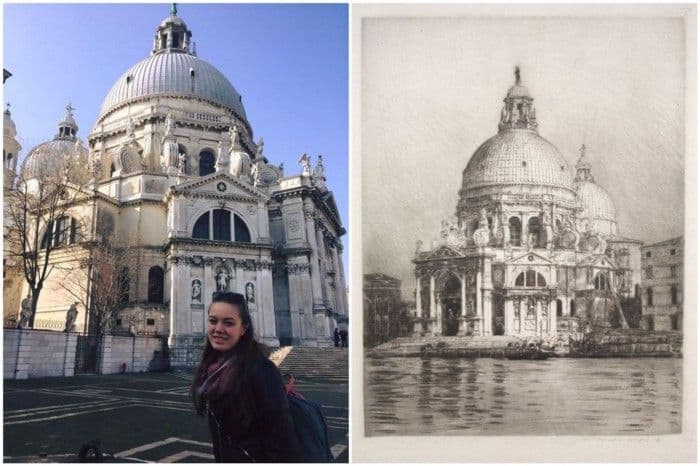 ArtLens AI matches your photo with artworks from the 30,000 in the CMA’s Open Access collection. Right: Santa Maria Della Salute #1, 1910. Mortimer Menpes (British, 1860–1938). Etching; sheet: 44.7 x 28 cm. The Cleveland Museum of Art, Gift of Carole W. and Charles B. Rosenblatt, 1996.221. Image courtesy of the Cleveland Museum of Art.
ArtLens AI matches your photo with artworks from the 30,000 in the CMA’s Open Access collection. Right: Santa Maria Della Salute #1, 1910. Mortimer Menpes (British, 1860–1938). Etching; sheet: 44.7 x 28 cm. The Cleveland Museum of Art, Gift of Carole W. and Charles B. Rosenblatt, 1996.221. Image courtesy of the Cleveland Museum of Art.
When making a match on the website, you can shuffle through other close matches, download a composite image to share with your friends, or add the image to our visitor gallery. Links to the CMA’s Collection Online offer you more than 36 fields of metadata about a work of art, such as an artist biography, citations, and curator videos. On Twitter, attach a photo or an image to your tweet and mention @ArtLensAI to share your view. The Twitter bot will automatically reply with a matching artwork.
 The interface on the CMA website looks like this. Upload an image to the left box, then watch ArtLens AI find the closest match in the right box. You can shuffle through many matches. Image courtesy of the Cleveland Museum of Art.
The interface on the CMA website looks like this. Upload an image to the left box, then watch ArtLens AI find the closest match in the right box. You can shuffle through many matches. Image courtesy of the Cleveland Museum of Art.
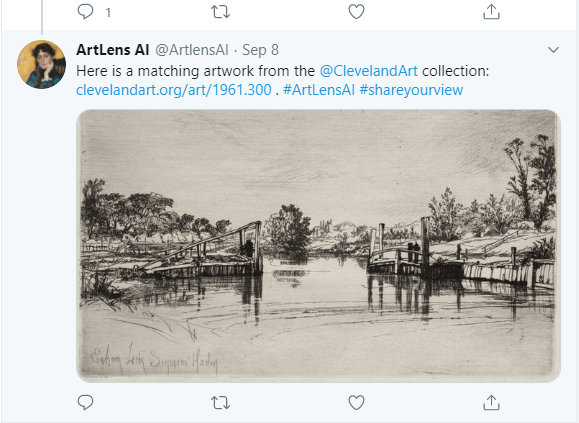 On Twitter, attach a photo or image to your tweet and mention @ArtLensAI to share your view. The Twitter bot will automatically reply with a matching artwork from the CMA’s collection. Egham Lock. Francis Seymour Haden (British, 1818–1910). Etching; The Cleveland Museum of Art, Gift of Mrs. T. Wingate Todd from the Collection of Dr. T. Wingate Todd, 1961.300. Image courtesy of the Cleveland Museum of Art.
On Twitter, attach a photo or image to your tweet and mention @ArtLensAI to share your view. The Twitter bot will automatically reply with a matching artwork from the CMA’s collection. Egham Lock. Francis Seymour Haden (British, 1818–1910). Etching; The Cleveland Museum of Art, Gift of Mrs. T. Wingate Todd from the Collection of Dr. T. Wingate Todd, 1961.300. Image courtesy of the Cleveland Museum of Art.
Using Machine Learning and the open source vector similarity engine Milvus, the CMA’s Digital Innovation development team created the AI tool with Design IO, who had previously collaborated on the museum’s ArtLens Studio in 2016, and Jeff Schuler, a partner who leads the CMA team on website development. The new initiative builds on AI used in the museum’s on-site ArtLens Exhibition to read emotion and match a visitor’s face to portraits in the CMA’s collection.
We hope this will be another source of inspiration and fun in these uncertain times. We know that people need new, creative, and easy ways to engage with art. The CMA has grown as a digital museum during the COVID-19 pandemic, with many new gifts to the community. But CMA staffers feel the “Zoom fatigue” of remote work and video conferencing as much as anyone else after six months of self-isolation. Share Your View is one answer to the cautious steps we all are taking into a hybrid experience of life online and life in safe physical spaces.
ArtLens AI: Share Your View can help students, teachers, and parents feeling drained by the continuation of virtual learning. Schools in hybrid mode still rely on video calls and online platforms for classroom engagement. College and high school students are learning from their homes and dorms, without access to on-campus resources. The CMA’s education team has already begun to share this tool as a way to spark conversations about composition, palette, and pattern. Placing an artwork side-by-side with a contemporary view creates new comparisons and opportunities for critical thinking.
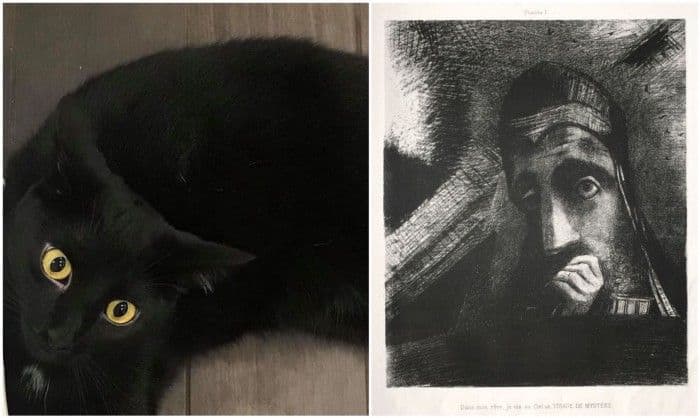 Right: Homage to Goya: In My Dream I Saw in the Sky a Face of Mystery, 1885. Odilon Redon (French, 1840–1916), printed by Lemercier & Cie.. Lithograph on China paper laid on wove paper; image: 29.1 x 23.9 cm. The Cleveland Museum of Art, Gift of The Print Club of Cleveland, 1927.344.1. Image courtesy of the Cleveland Museum of Art.
Right: Homage to Goya: In My Dream I Saw in the Sky a Face of Mystery, 1885. Odilon Redon (French, 1840–1916), printed by Lemercier & Cie.. Lithograph on China paper laid on wove paper; image: 29.1 x 23.9 cm. The Cleveland Museum of Art, Gift of The Print Club of Cleveland, 1927.344.1. Image courtesy of the Cleveland Museum of Art.
Since the launch of ARTLENS Gallery in 2012, the CMA has been a leader in creating digital connections to art. This year we have added many new curator videos for online viewing and created the ArtLens for Slack app so workplaces can share a daily moment of discussion and interaction centered around artwork in the museum’s Open Access collection. We hope the new AI feature will help you find yourself in some surprising and inspiring places inside some of the most beautiful art in the world.
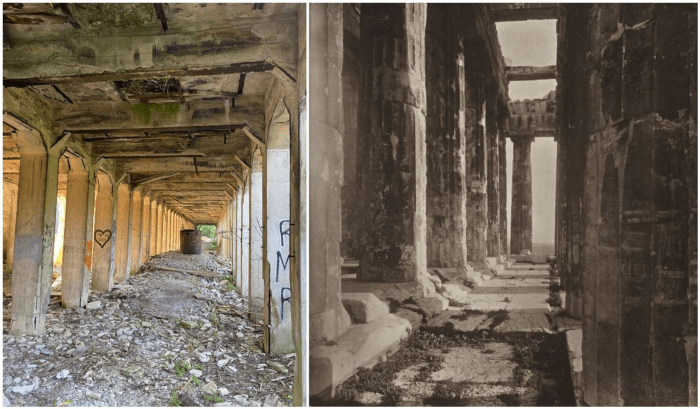 Right: The Acropolis of Athens: Western Portico of the Parthenon, 1882. William James Stillman (American, 1828–1901). Albumen print from gelatin dry plate negative; image: 38.2 x 36.7 cm. The Cleveland Museum of Art, John L. Severance Fund, 1993.34. Image courtesy of the Cleveland Museum of Art.
Right: The Acropolis of Athens: Western Portico of the Parthenon, 1882. William James Stillman (American, 1828–1901). Albumen print from gelatin dry plate negative; image: 38.2 x 36.7 cm. The Cleveland Museum of Art, John L. Severance Fund, 1993.34. Image courtesy of the Cleveland Museum of Art.
This blog article is reposted from https://medium.com/cma-thinker/artlens-ai-share-your-view-5a326c15943f
Read other user stories to learn more about making things with Milvus.
Start Free, Scale Easily
Try the fully-managed vector database built for your GenAI applications.
Try Zilliz Cloud for FreeKeep Reading
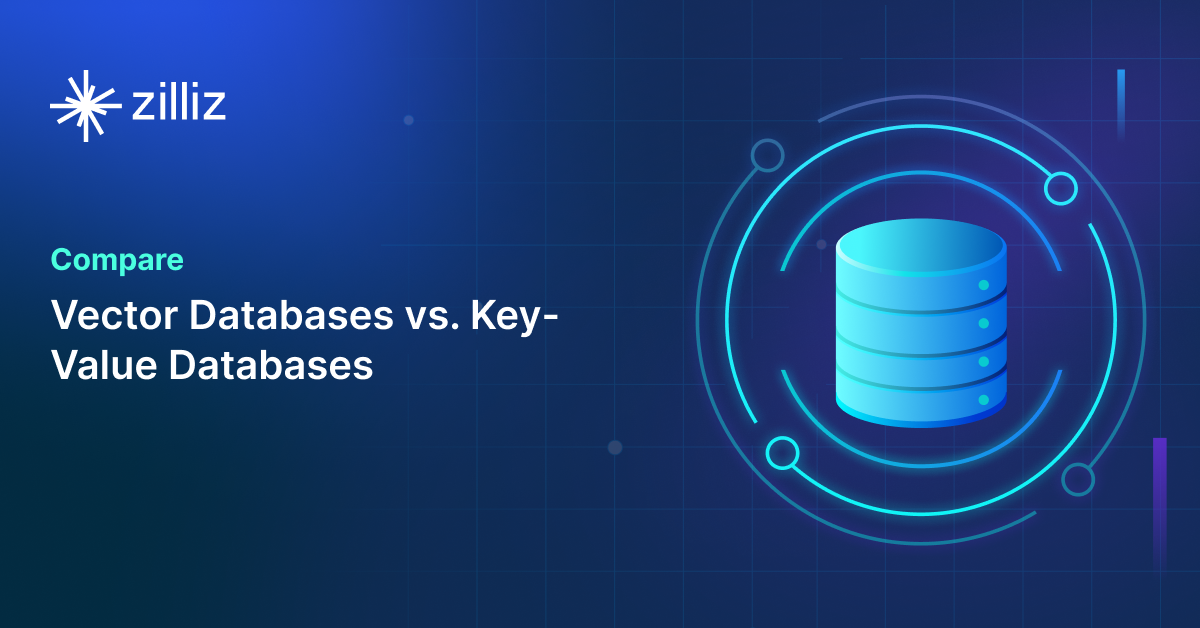
Vector Databases vs. Key-Value Databases
Use a vector database for AI-powered similarity search; use a key-value database for high-throughput, low-latency simple data lookups.

Vector Databases vs. Graph Databases
Use a vector database for AI-powered similarity search; use a graph database for complex relationship-based queries and network analysis.

Beyond PGVector: When Your Vector Database Needs a Formula 1 Upgrade
This blog explores why Postgres, with its vector search add-on, pgvector, works well for smaller projects and simpler use cases but reaches its limits for large-scale vector search.
